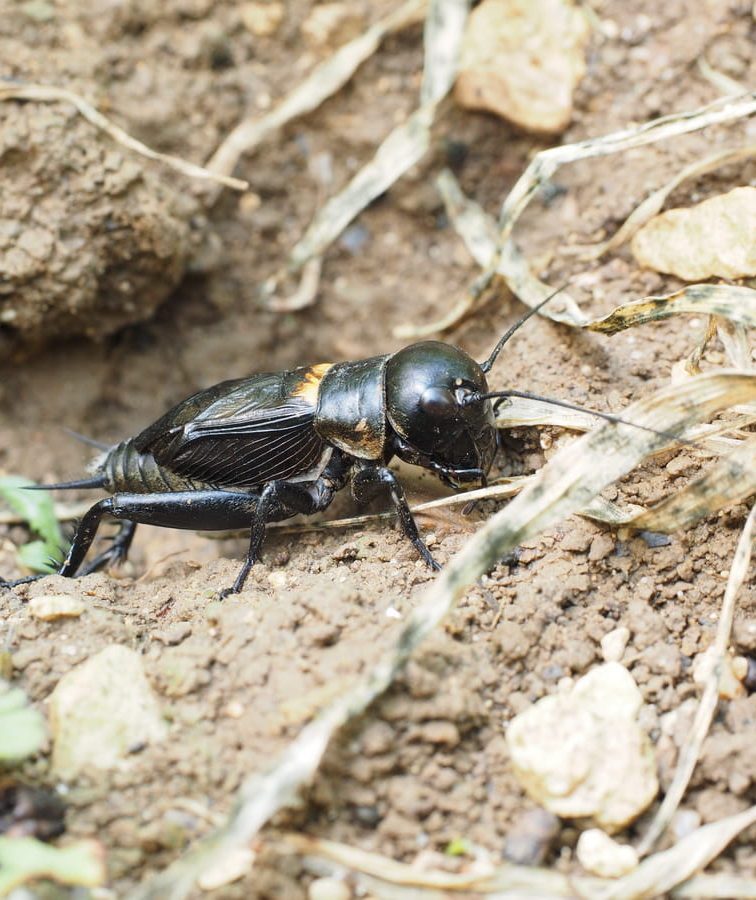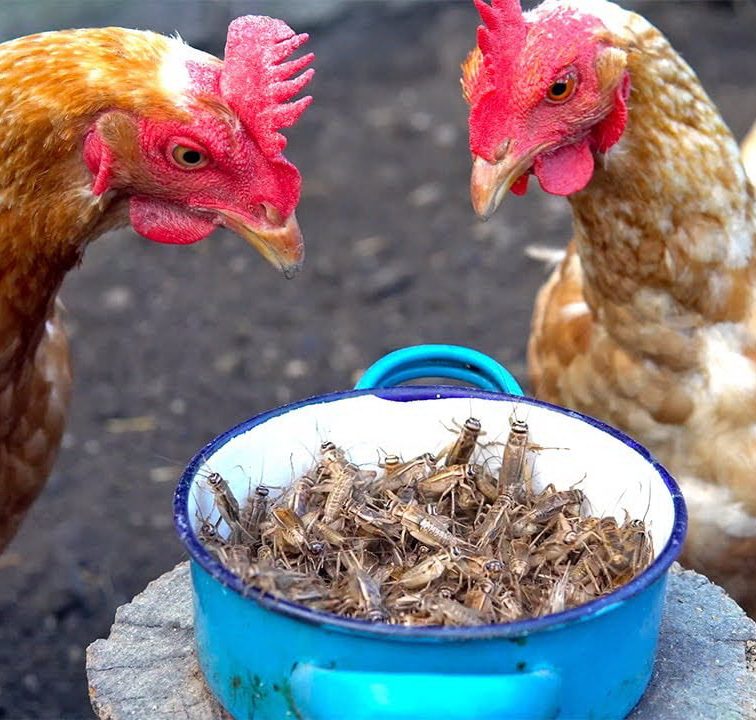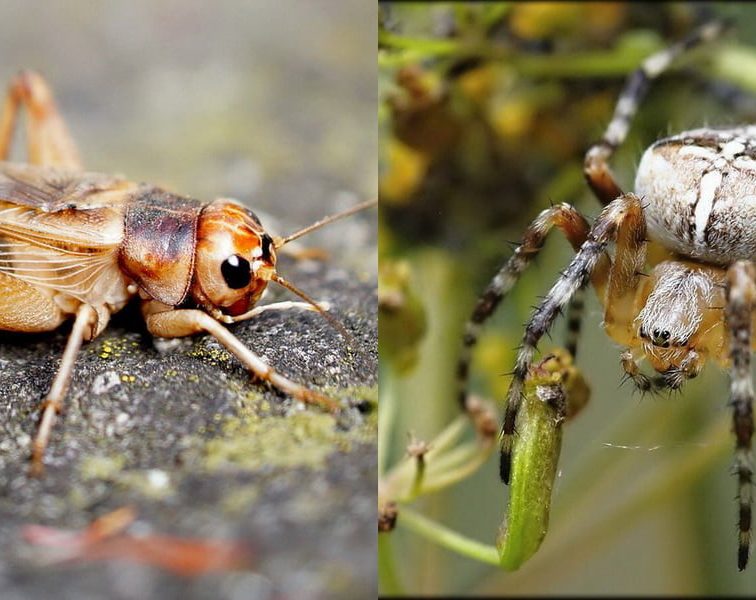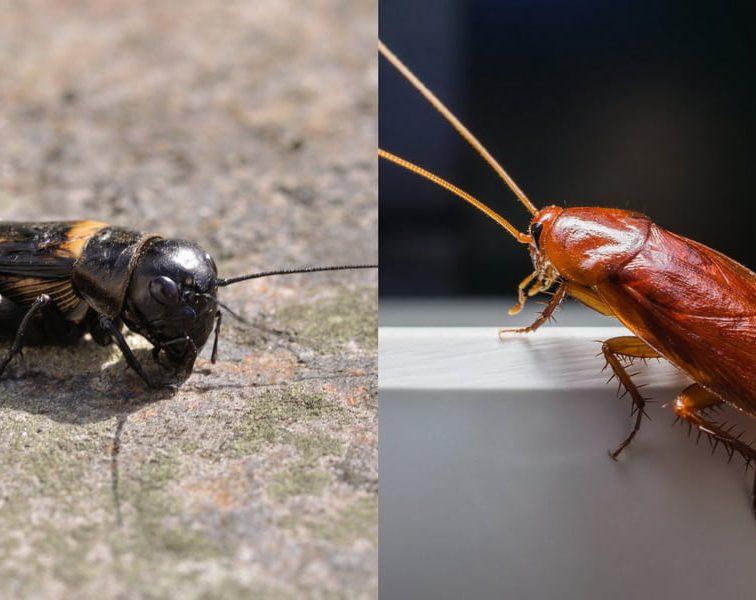Understanding the dietary habits of crickets opens a window into their ecological role and survival tactics. The question, “Do crickets eat ants?” is not merely about their food choices but highlights a complex ecological interaction.
This exploration into the cricket’s diet is a journey into the often overlooked but vital aspects of insect life, revealing the diverse and adaptive nature of these ubiquitous creatures.
Cricket’s Diet Overview
Crickets are omnivorous insects, consuming a wide range of foods. Their diet mainly consists of plant materials like leaves, fruits, and seeds, which provide essential nutrients.
Additionally, crickets eat smaller insects such as aphids, caterpillars, and larvae, especially when other food sources are scarce. They also engage in scavenging, feeding on carrion or dead animals and can consume fungi for protein.
Crickets adapt their diet based on environmental conditions and food availability, playing a significant role in the ecosystem both as prey and as a control for other insect populations.
Find out more: What Do Crickets Eat?
Specifics of Ant Consumption by Crickets
Crickets, known for their omnivorous diet, do consume ants, but these insects are not their primary food source. The consumption of ants by crickets is often incidental rather than a deliberate choice. Research has shown that ants can provide specific nutritional benefits to crickets, such as calcium and protein. These nutrients are essential for the crickets’ growth and development.
The frequency and likelihood of crickets consuming ants depend on several factors. One important aspect is the availability of ants in the environment. Ants are abundant in many habitats, making them an accessible food source for crickets. However, the specific cricket and ant species, along with the geographic location, significantly influence this interaction. Environmental factors such as alternative food sources and prevailing conditions also play a role in determining whether crickets will consume ants.
Interestingly, the relationship between crickets and ants is complex. In some scenarios, crickets might avoid ants, possibly perceiving them as a threat, or if more preferred food sources are available. The decision to consume ants is influenced by various circumstances, including the scarcity of other food sources and the life stage of the crickets, with younger crickets requiring more protein-rich diets.
It’s important to note that while ants offer certain nutritional advantages, crickets can obtain similar nutrients from other insects they commonly consume. Therefore, ants are not an essential component of a cricket’s diet but rather one of many potential food sources.
In summary, while crickets do eat ants, it is not a staple of their diet but a part of their diverse and adaptive feeding habits. The role of ants in a cricket’s diet is influenced by ecological, environmental, and biological factors, making it a variable aspect of their overall nutrition.
Conclusion
In the context of “Do crickets eat ants,” it’s essential to recognize that crickets, primarily herbivores, sometimes consume ants, but this is not a significant part of their diet. The interaction between crickets and ants is shaped by various factors, including species-specific behaviors and environmental conditions. Ants, equipped with mandibles and, in some cases, venomous stingers, can defend themselves effectively against predators like crickets. Moreover, ants use chemical defenses such as pheromones and formic acid spray for protection.
In ecosystems, both ants and crickets play vital roles. Ants contribute to processes like soil aeration and seed dispersal, while crickets act as decomposers, breaking down organic matter. The predator-prey dynamics between these two insects are part of a larger ecological balance, highlighting the complexity and interdependence of species within natural environments.
Thus, while crickets can eat ants, this interaction is just a small part of a much broader ecological picture, where both species exhibit behaviors and adaptations that ensure their survival and contribute to the ecological balance.














